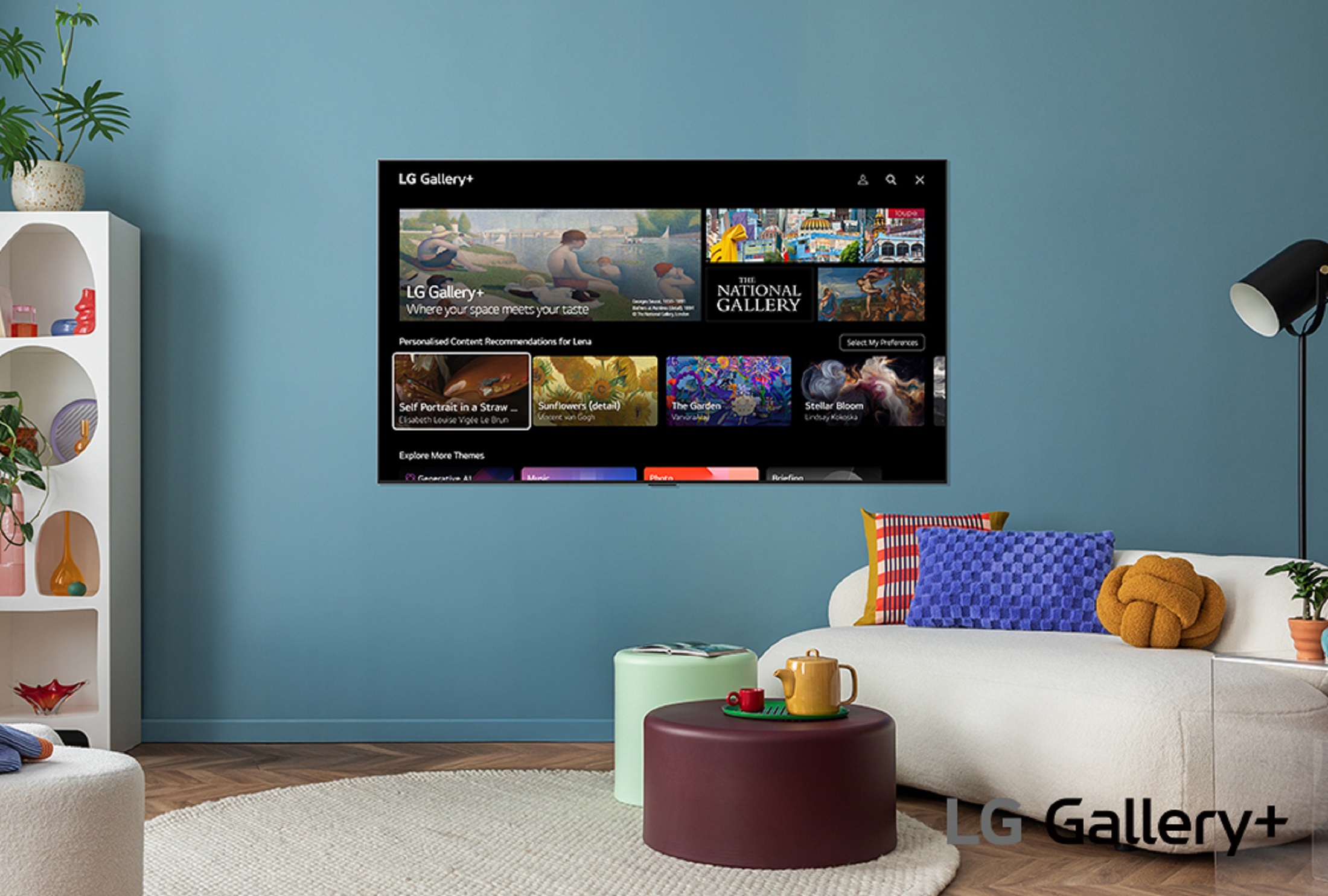Why Stream Art?
To stream art might be the first step in changing how we experience art forever.
What if everyone could enjoy a single artwork, at once?
During the past years, we have witnessed the rise of the online art market. Auction houses have established themselves online. Fewer physical galleries have been opening. Slowly, those already settled have started to open online portals to allow their trustful customers to browse, appraise and buy artworks from home.
Thus, as technology has started to take up space in the art market, it has been included in traditional processes of commercialization. Furthermore, it has also impacted the way we consume.
People consume much more art online than they would initially notice. Instagram is the preferred social media platform of the art world. Young buyers, for instance, mostly rely on social media to make their purchasing decisions. However, when we come across artworks online, we barely pay attention to them due to the relentlessness of the format.
Does this mean we should be wary that technology will work to the detriment of the arts?
We could have expected music and cinema to suffer a terrible fate due to digitization, but content platforms like Spotify or Netflix have proved otherwise. In this subscription framework, users pay monthly to get full access to products and services, instead of purchasing them entirely a single time.
In fact, these new possibilities of consumption show how we are always making the most of whatever means available. We are used to learning to interact with our environment in new ways and value experience over materiality.
Precisely because nowadays accessibility has become mandatory, art is already a digital experience. So, how can streaming make the experience better?
In the digital era, enjoying an artwork whenever we want, even if we actually did not have it, is not far-fetched. The real challenge is to watch it in high quality. Thus, the only requirement would be a worthy support, a digital frame.
TVs have become an asset to the digital experience.
Not long ago, one could have predicted the fall of the TV. The high demand of content was being filled by mobile devices. However, these streaming platforms were integrated into TV systems. Just like that, the tension caused by mobile devices that was supposed to condemn it, was resolved with an internet connection.
Today, international data shows an increase in TV sales and predicts a continuous growth over the following years, along with a decrease in prices.
Plus, it’s not stopping there. Technological advances continue to take place. Giants such as Samsung and LG are investing into developing TVs that could ultimately display images as similarly to real-life paintings as our very exigent eyes can fathom.
Under this societal and technological new paradigm, WindowSight aims to establish a new way to interact with, and perceive visual art through a subscription model. The mobile app gives access to artworks in high quality which can be displayed on TVs at home through streaming.
As a result, WindowSight revolutionizes the way we interact with our favorite artworks. We leave behind scrolling and make room for a high quality and customized display.
Gradually, mistrust of the digital environment is being overcome.
Entrepreneurial projects are filling the art market’s new concerns. Cyber crime or GDPR are being tackled with innovative solutions such as cryptocurrency, blockchain or fractional ownership. Surprisingly, there are not many initiatives in the arts that have explored new ways of digital consumption.
In conclusion, we should not be oblivious to the perks that technology can bring to the arts. New exciting approaches are taking place and coincide in a future where technology and art go hand in hand.


